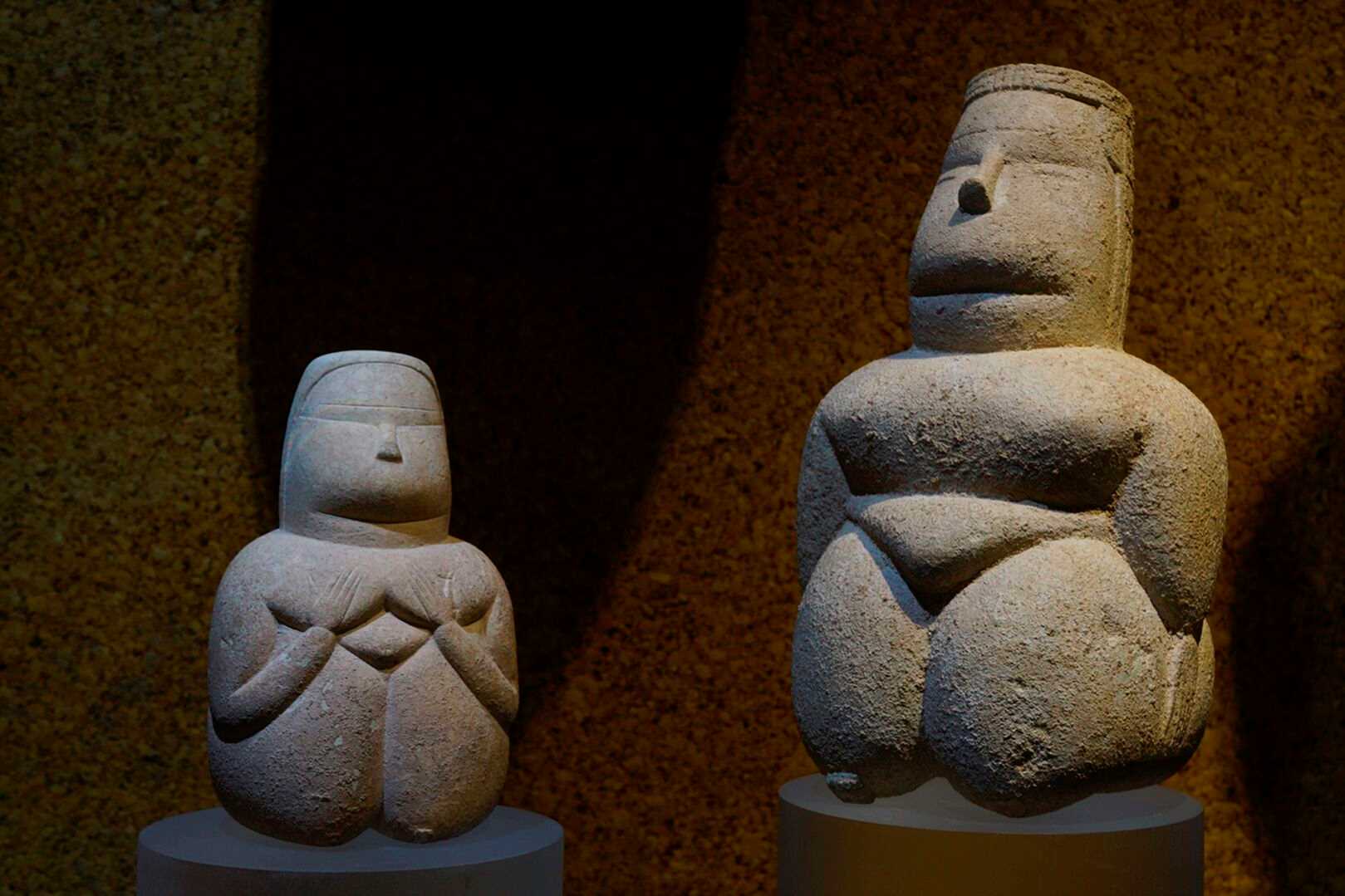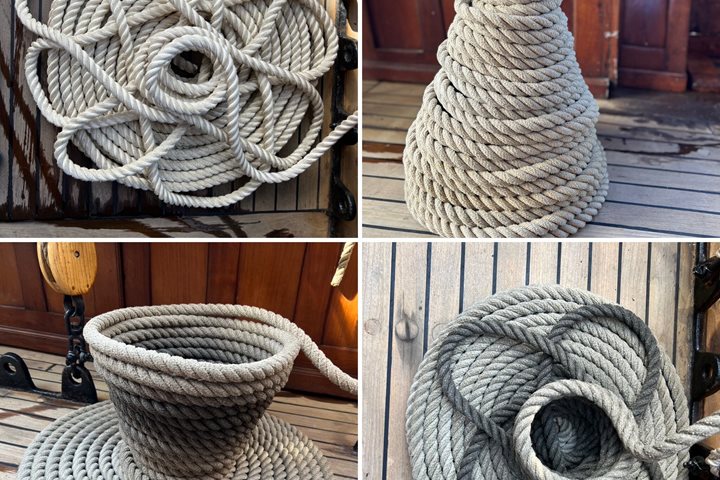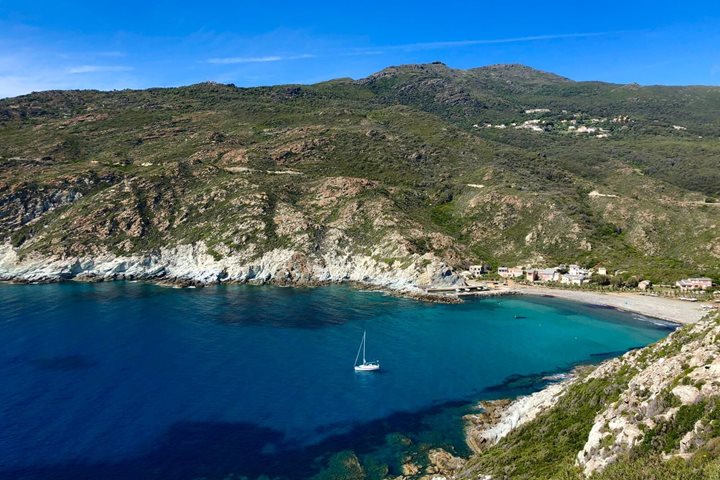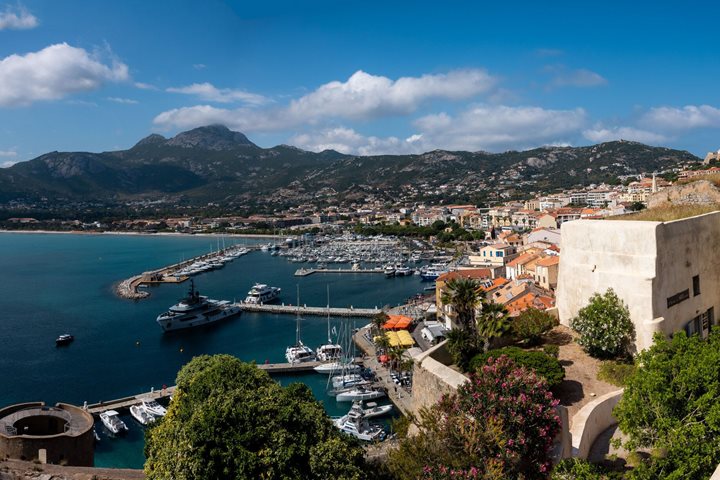Our first day in Sardinia was a perfect one–the sun was not too strong, the winds were slight, and the journey to Su Nuragi was a pleasant one. After a 75-minute ride through the beautiful, unspoiled Sardinian countryside, we arrived at our destination of Su Nuraxi, a prehistoric site just outside the small village of Barumini. None of us were prepared for what we saw–a stone habitation complex of small homes surrounded by a complex of four corner towers dominated by a centrally positioned, massive tower built with cyclopean stones. The Nuragi towers were built by constructing two parallel walls, one exterior and one interior, approximately four-feet apart. As the large stones for the walls were laid and the complex grew in height, the area between the stones was layered with smaller stones and clay; hence, a ramp-like structure developed incrementally. It is important to note that these people were skilled in metallurgy and made their own bronze tools and weapons. The complex was started about 1650 BCE and was continuously inhabited until 600 BCE. We saw querns for grinding grain, kneading tubs, and the ovens where bread was baked. There are some 6,000 Nuragi settlements scattered throughout Sardinia.
After lunch, we took a walking tour of the old town, passing by the Roman Amphitheatre built ca. 90 CE. The Romans regularly held gladiatorial contests here, importing many exotic animals from Africa to use in the games. Our next visit was the stunning new archaeological museum. The museum exhibited artifacts of cultures from the Neolithic period and the Bronze Age through the Punic, Greek, and Roman periods. We then visited the Cathedral of Saint Cecilia, the patron saint of musicians who was likely imprisoned and martyred during the persecution of the Roman Emperor Diocletian in 303 CE. The interior of the cathedral is now massively redone in the baroque style. Of particular note was the crypt with hundreds of tiles detailing the images and names of Christian martyrs. In one small chapel, there was a tomb of the young son of the Austrian Empress Maria Theresa. Directly behind this elaborate tomb, I noticed the façade of a Roman sarcophagus for a young boy. While it may seem odd to have an elaborate sculptural motif of a pagan Roman child in a Christian church, such practices were commonplace.
We completed this wonderful day with a fabulous barbecue on the Lido Deck. There, mounted in monumental splendor, was a massive yellow fin tuna. Dinner was fantastic. The conversation was great and all went off to bed after an outstanding day.







